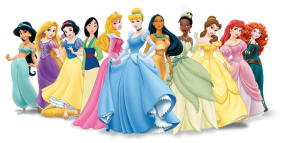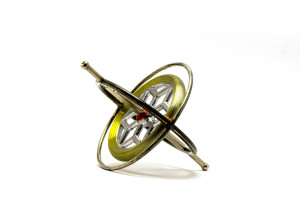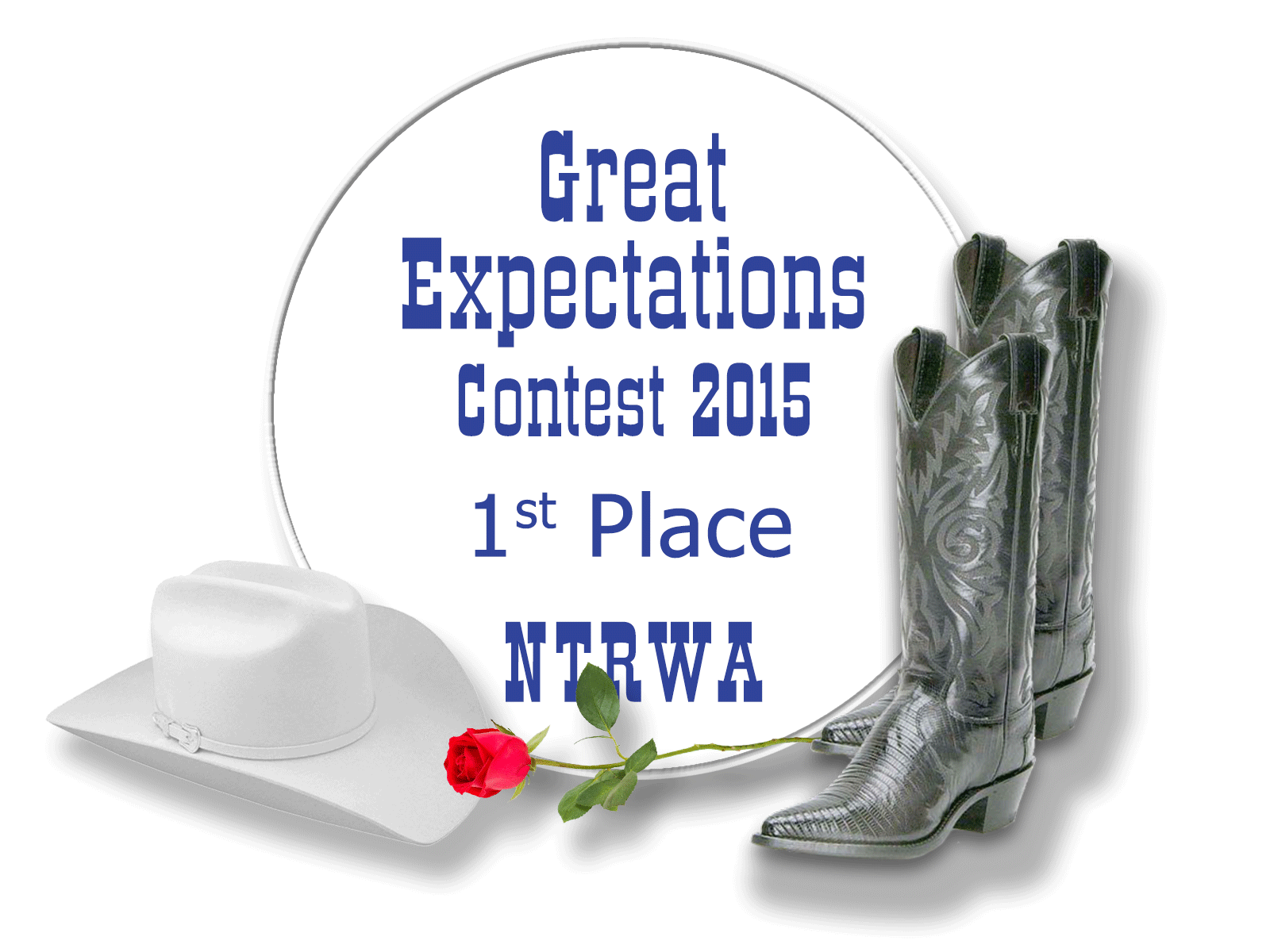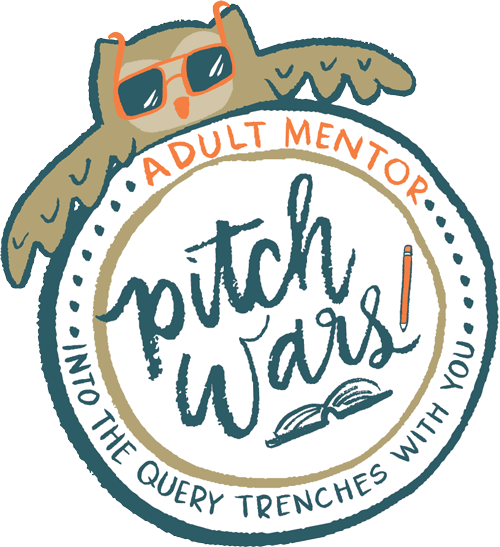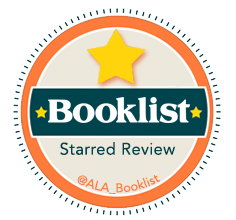Tropes, Neurology and Pop Music
Today, I’m writing about neurology because I’m a NERD! And I’m writing about tropes because I just got back from a romance novel conference (RT16 FTW!) where cowboys and Navy SEALS were roaming the hallways and gracing the covers of the books stacked on the tables. On one of my nights off, I hit an erm…adult entertainment show involving dancing and oh my! Turns out cowboys and Navy SEALS and firefighters were all over the stage there, too. This got me thinking about tropes.
What’s a trope?
A lot of people think a trope=stereotype, and that’s not true.
A trope is something universal that always appeals. A Cinderella story. A daring rescue. A wounded but tough hero healed by love. These are things that have been appearing in stories since they were told by the light of a campfire flickering on the cave walls.
Tropes also include person types as well as story types: the athlete, the meek heroine who finds her strength, the firefighter.
Where does neurology come in? Well, first you have to understand how the brain communicates. It’s basically like a forest with a lot of pathways beaten into it that converge and split apart again. Our neural pathways MAKE our brain.
Now, humans like novelty. We all know that. The people who made the Ashley Madison website (Match.com for marital affairs) know that. The men who buy a doctor’s coat to role-play with their wives know that. The people who lease a new car every year know that.
We also like the familiar. The smell of our mother’s kitchen. The Princess Bride movie, played for the thousandth time. That one MOVE that only your husband knows that works every time. More importantly, brains know how to process the familiar, and so you avoid confusion and anxiety.
What tropes know is that if you take something familiar, and give it a novel twist, that’s the best of both worlds. In terms of brain chemistry, we’re taking those familiar paths and forging new ones in between. We’re not bushwhacking through the wilderness the whole way, making an entirely new trail. No, we’re taking advantage of the reward circuits that are tied to familiarity by using the paths that are already there, and we are taking advantage of the reward circuits that like novelty by taking thrilling new shortcuts in between the established paths.
Pop songs know this, which is why every song is made up of verses (new) that return to the refrain (familiar).
What does this mean for writers (and readers)?
It means you want to take a familiar trope and twist it in a new way. Take somebody’s catnip (Spec Ops warriors!) and give it a personality. Make it a real person, and then give it a twist (Spec Ops warriors who are also all members of a band and working out of a tattoo parlor where they specialize in covering scars for burn victims).
If you’d like to read more about how to do that, author Katie Golding has a brilliant post on twisting tropes here.
Here’s a great example of my point in a single picture:
Hopefully Tia Louise won’t mind me using her book cover, because I saw it in a Facebook ad and loved it. Why did I love it? Because it takes the cowboy (a trope I love!) and makes it REAL. One look at this image and you can tell that guy is a real person with a story. He’s strong, and he’s got ranch roots, but at some point he went urban enough to get those tattoos, and he’s got a look on his face like a few things in life haven’t turned out the way he planned. I want to have a conversation with him.
Now, what if the book cover had something I’d never seen before on it?
In that case, it might grab my eye, but I might not have as immediate or as positive of a reaction, because my brain doesn’t know how to PROCESS that. That’s why, in books, it’s best to start with something universal and find a way to make it new, not try to reinvent the wheel so it looks something like this:

